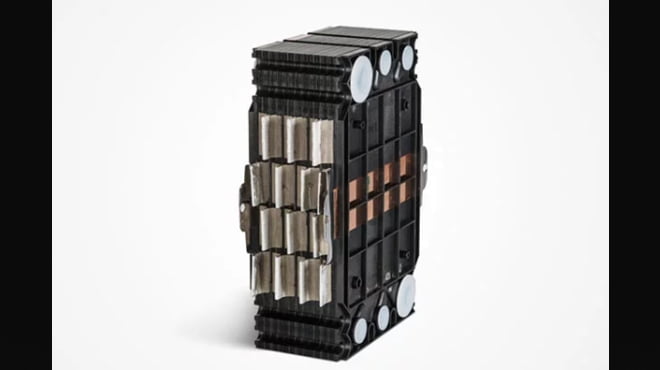Load-shedding is a major problem for South African businesses, with telecommunications companies, manufacturing industries, and corporate enterprise suffering whenever Eskom decides to turn off the power.
Businesses with high power requirements such as data centres are especially vulnerable, and the diesel generators used to keep these powered under load-shedding have extremely high operating costs.
This makes them prohibitively expensive to run for an extended period of time, which means that regular load-shedding could financially cripple many businesses.
There may be a solution to this sustainable backup power problem, however, thanks to the efforts of energy companies like GenCell.
GenCell develops hydrogen power cells as a cost-effective replacement for diesel backup and off-grid power delivery, and this technology could have a big impact in South Africa.
MyBroadband spoke to GenCell CEO Rami Reshef about the company’s fuel cell technology and how it could be implemented locally.
Developing hydrogen fuel cells
“We did not invent the hydrogen fuel cell. They were first invented in 1839 by William Grove, and their first commercial use was in the US and Russian space programmes to provide power on board spacecraft,” Reshef said.
GenCell’s fuel cells require hydrogen and oxygen to create chemical reactions and generate energy, with the byproduct of this reaction being water.
“When we founded in 2011, we identified two main barriers – the capital expenditure for the cost of a platinum catalyst and the operating expenditure for the high cost of the hydrogen,” Reshef said.
“If we could overcome these two barriers, we had a fair chance to present a fuel cell technology which could become mainstream.”
The company developed a non-platinum catalyst in 2011, dramatically reducing the capital expenditure required, and it had also implemented CO2 scrubbers to use oxygen from the surrounding air.
Crucially, GenCell also developed a way to use ammonia for the hydrogen component of its reaction, dramatically reducing the cost to operate these fuel cells.
“The cost of ammonia is half or even one third as the equivalent weight of diesel,” Reshef said.















